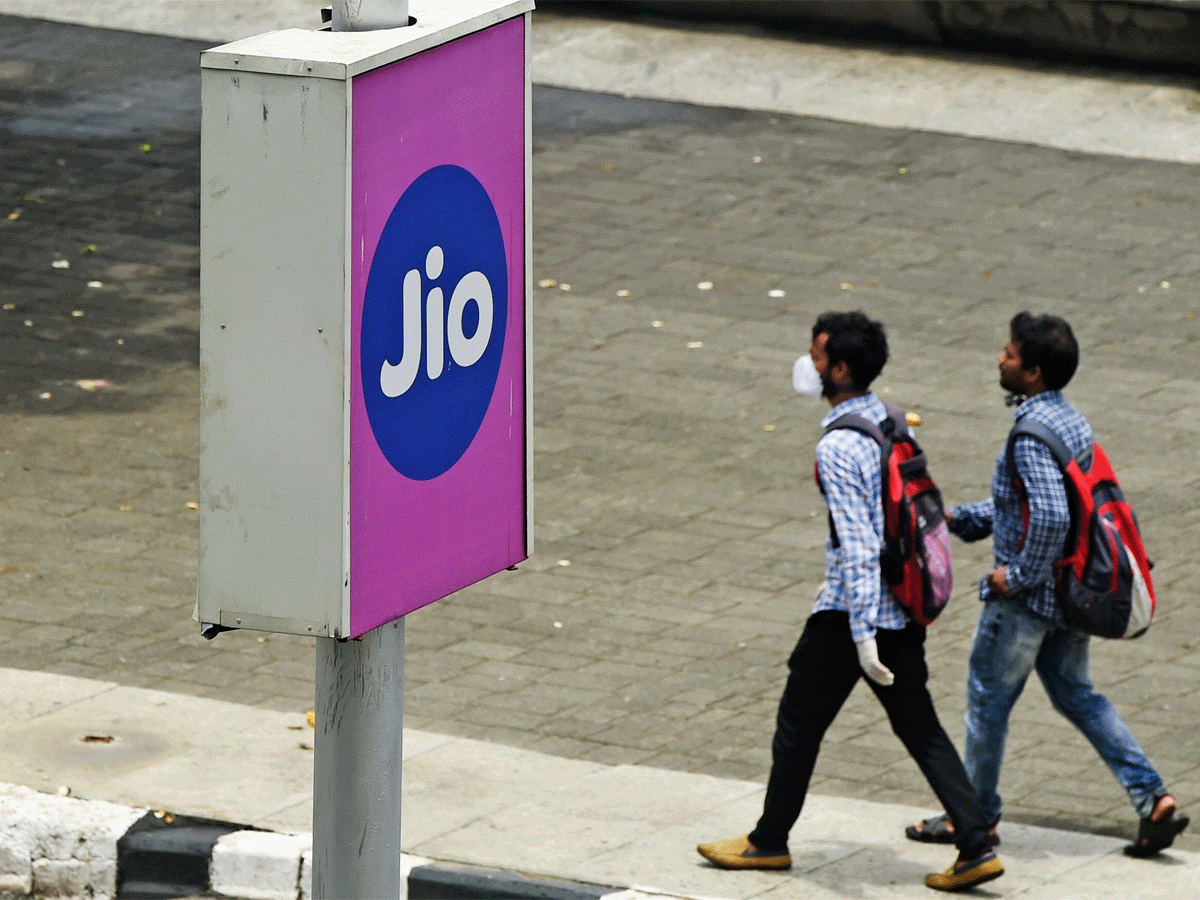Technology
Reliance Jio’s homegrown tech may give them a leg up in India’s 5G race, Technology News, ETtech
Reliance Jio’s plans to build its own 5G software stack and embrace Open-RAN techniques will help it save up on hefty premium payouts to existing 4G networks supplier, Samsung, brokerage Sanford C. Bernstein said, adding that the Mukesh Ambani-led telco’s pact with Qualcomm would also help it roll out advanced 5G infrastructure and services.
“It’s possible Jio has managed to build its own 5G software stack and is likely embracing Open-RAN techniques or possibly even Cloud-RAN as an architecture, which would allow them to avoid paying expensive premium to existing equipment providers — Samsung in Jio’s case for 4G — and potentially allow it to export its expertise to other developing markets that have not yet started to upgrade to 5G,” Bernstein said in a note.
Further, the global push-back on China’s Huawei as a provider of 5G networking components, it said, “could be the catalyst that might allow Open-RAN architecture to gain a stronger foothold into existing operator networks”.
Last month, Reliance Industries Ltd (RIL) chairman Mukesh Ambani had said Jio had developed a homegrown 5G technology solution and planned to offer it to other telcos worldwide, a move that would pit it against the likes of global vendors, Nokia, Ericsson, Huawei and Samsung, in what experts said was the first such initiative by a mobile carrier.
Bernstein though said there would be some external dependence for Jio as most of the semiconductors used to power radio access networks (RANs) are likely to be foreign developed and produced.
The global brokerage though sees a possibility of Jio leveraging the work of TIP (the Telecoms Infrastructure Project), founded by its partner, Facebook.
While Jio, it said, “is not listed as a member of TIP, it is listed as a member of the Open-RAN Policy coalition whose stated goal is to promote policies that will advance the adoption of open and interoperable solutions in the Radio Access Network (RAN) as a means to create innovation, spur competition and expand the supply chain for advanced wireless technologies including 5G”.
The TIP’s objective, the brokerage said, is to develop, test and deploy open, disaggregated, and standards-based solutions that deliver the high-quality connectivity that the world needs, with the aim of connecting the 50% of humanity which remains unconnected.

